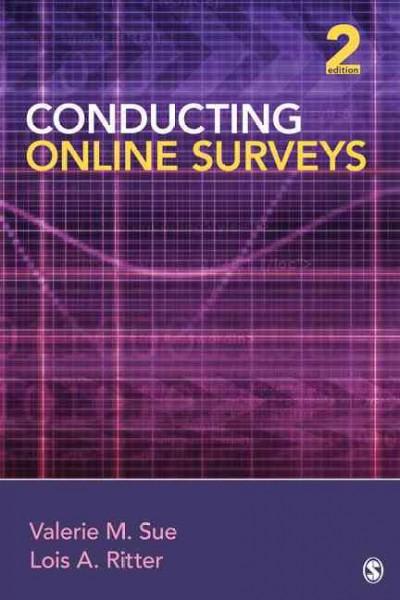Question
Using this scenario please answer the question For the past two months, you have provided counselling services to Tammy, a 14-year-old girl with Type 1
Using this scenario please answer the question
For the past two months, you have provided counselling services to Tammy, a 14-year-old girl with Type 1 diabetes. Prior to coming to see you, Tammy had been to three other counsellors in the last year, all of whom she quickly dismissed as "idiots." Although a very reluctant participant initially, the therapeutic alliance with Tammy has strengthened over time to the point where she often discloses very personal information. Tammy's parents are thrilled that their daughter has finally found a counsellor she likes and trusts. During your most recent session, Tammy hints that she drinks heavily at parties. When you probe further, Tammy quickly retracts her comments and changes the subject. Repeated attempts to get her to say more about her drinking get nowhere. You are very concerned about Tammy's medical safety if she misuses using alcohol regularly.
5. Analysis of likely short-term, ongoing, and long-term risks and benefits of each course of action on the individual(s)/group(s) involved or likely to be affected (e.g., client, client's family or employees, employing institution, students, research participants, colleagues, the discipline, society, self).
When evaluating the alternative courses of actions generated in step 4, there is a need to consider:
Satisfies the preferences of the affected parties,
Presents no new ethical problems,
Addresses the ethical principles that are in conflict,
Advances one principles over the other(s) in conflict,
It can practically be implemented.
Step by Step Solution
There are 3 Steps involved in it
Step: 1

Get Instant Access to Expert-Tailored Solutions
See step-by-step solutions with expert insights and AI powered tools for academic success
Step: 2

Step: 3

Ace Your Homework with AI
Get the answers you need in no time with our AI-driven, step-by-step assistance
Get Started


